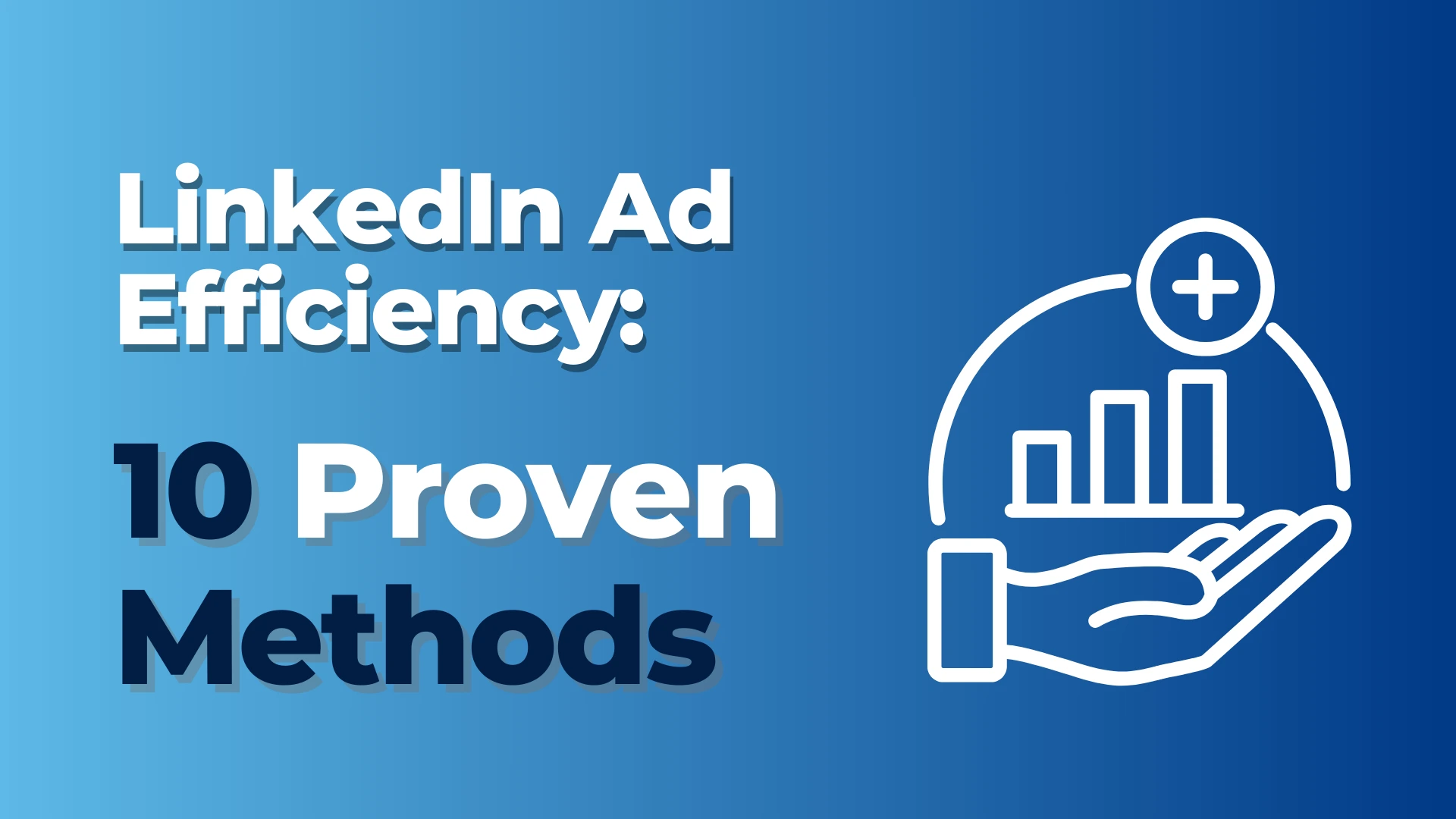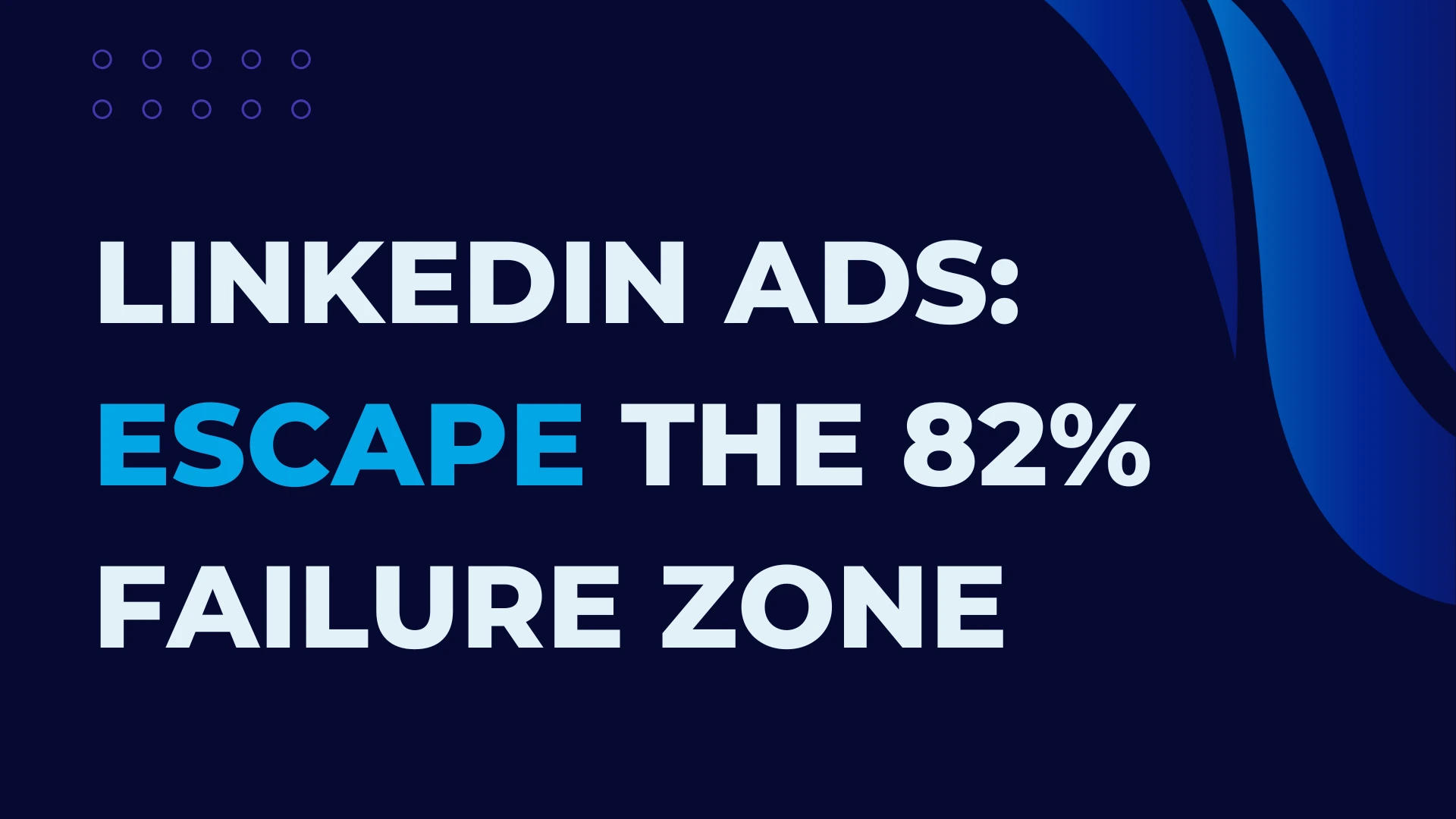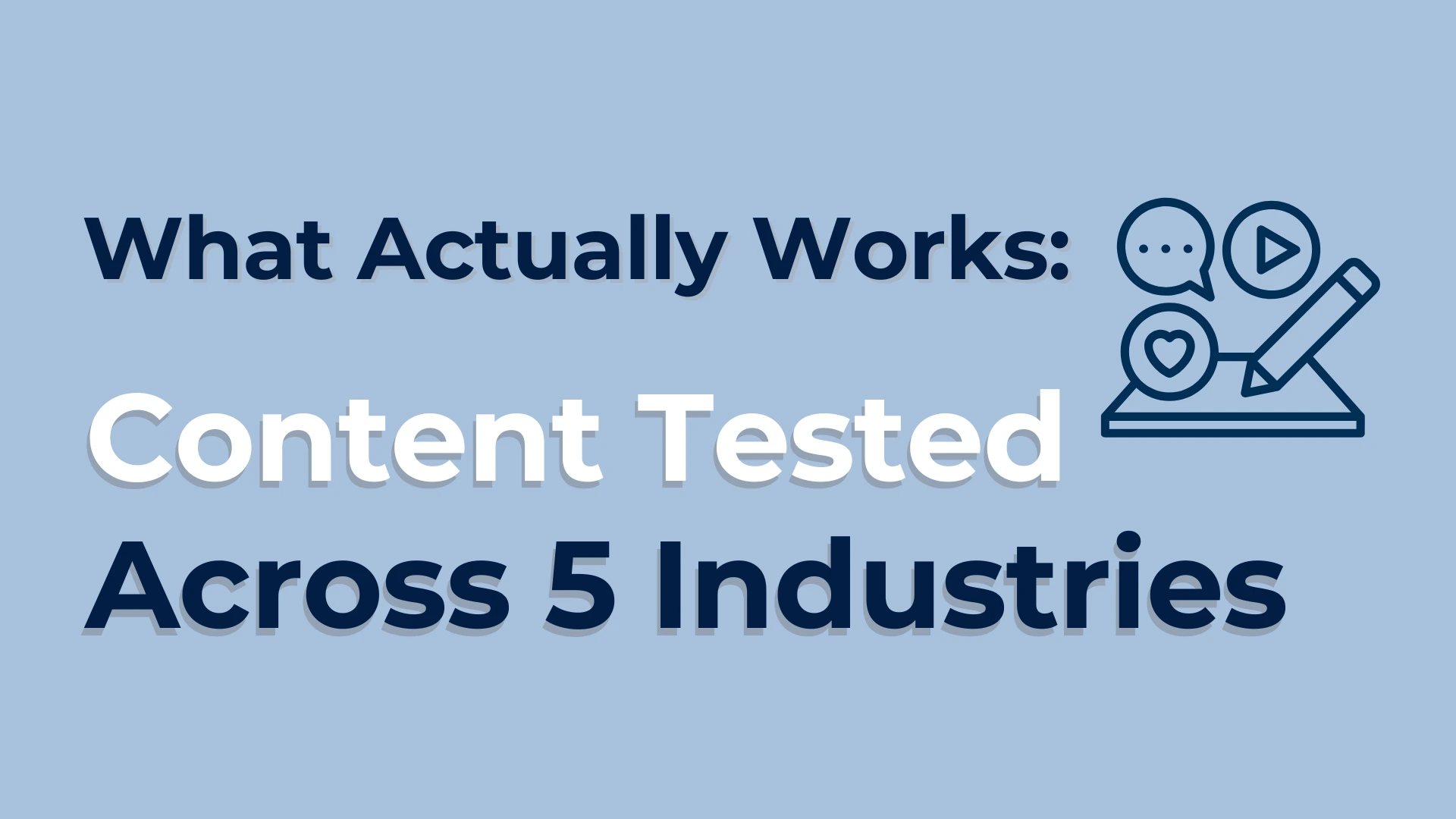Your LinkedIn Page is dying for attention. Most businesses treat them like dusty “About Us” sections instead of conversion machines.
I’m about to fix that.
After reviewing hundreds of high-performing LinkedIn Pages, I’ve identified 7 methods that actually work. No fluff, just results.
Make it visual
LinkedIn posts with images get 2x more comments than text-only posts.
Video? That’s 5x more engagement.
Live video? A staggering 24x more engagement.
The algorithm practically begs you to use visuals. But here’s where most fail:
- They upload landscape videos when 91% of LinkedIn users are on mobile
- They forget subtitles (only 33% of mobile viewers have sound on)
- They bury the hook beyond the critical 10-second mark
Fix these three issues and you’re already outperforming 80% of LinkedIn Pages.
Your entire strategy hinges on the first 150 characters
You have three seconds to grab attention.
Skip the corporate babble. Ask questions. Create tension. Show immediate value.
“57% of businesses are using AI wrong. Here’s what the top 3% do differently…”
That’s how you start a post that gets engagement. Not “We’re excited to announce our latest blog post about artificial intelligence solutions for enterprises.”
The 4-1-1 rule is the golden ratio
For every self-promotional post, share one piece of industry content and four posts from others with your perspective added.
This isn’t just being nice. It’s strategic.
When you solely talk about yourself, your engagement plummets. The algorithm punishes narcissists.
Sometimes, the best link is no link at all
Here’s a counterintuitive trick: Posts without links often outperform those with links.
LinkedIn wants to keep users on their platform. The algorithm rewards linkless posts with higher reach.
Try this: Create thought-provoking questions or bold statements without links. Watch your engagement skyrocket.
Hashtags aren’t just decorations
Most businesses slap on random hashtags like #business or #marketing.
Useless.
Research niche hashtags where your exact audience hangs out. Use 3-5 targeted hashtags per post.
And create branded hashtags for campaigns. It gives followers a breadcrumb trail to all related content.
Employee activity
When employees engage with company content, it reaches 60% more people.
They’re 14x more likely to share company content than other sources.
The math is simple: 100 employees with 500 connections each = potential reach of 50,000 people.
Create an engagement program. Recognize employees who share. Build internal champions.
Boost what’s already winning
The smartest LinkedIn marketers identify which organic posts are already performing well, then amplify them with paid promotion.
Don’t boost duds hoping money will save them. Double down on proven winners.
Start with $50-100 behind posts that already have engagement. You’ll typically see 5-10x the results compared to boosting average content.
What nobody tells you about LinkedIn success
LinkedIn success isn’t about perfect grammar or professional headshots.
It’s about starting conversations.
Respond to every comment. Ask follow-up questions. Tag relevant people.
The algorithm tracks comment velocity as a key ranking factor. A post with 20 comments in the first hour will reach exponentially more people than one with 20 comments spread across a week.
Consistency beats perfection. Seven average posts weekly outperform one “perfect” monthly post.
Stop overthinking. Start posting. Refine based on data.













